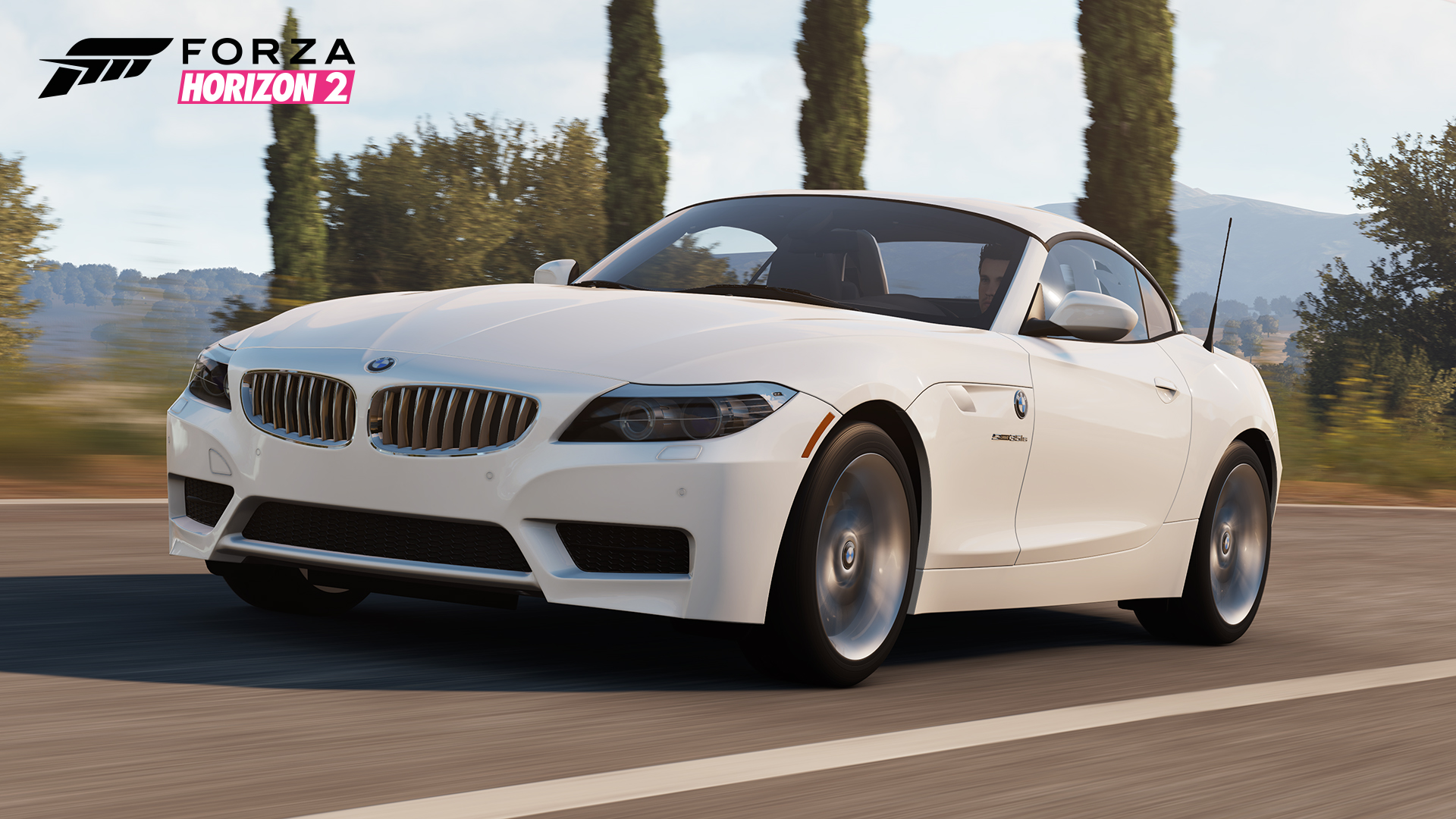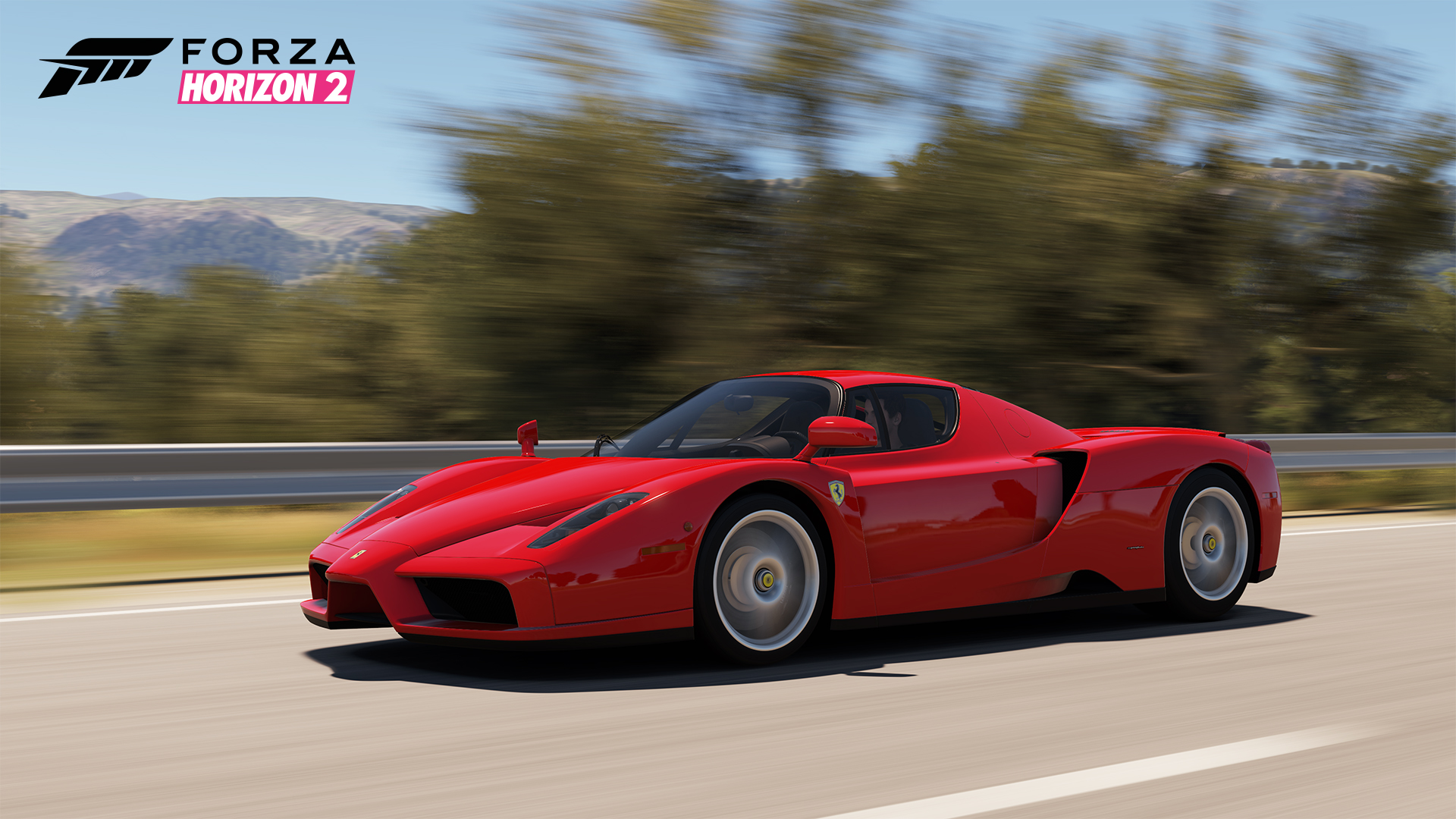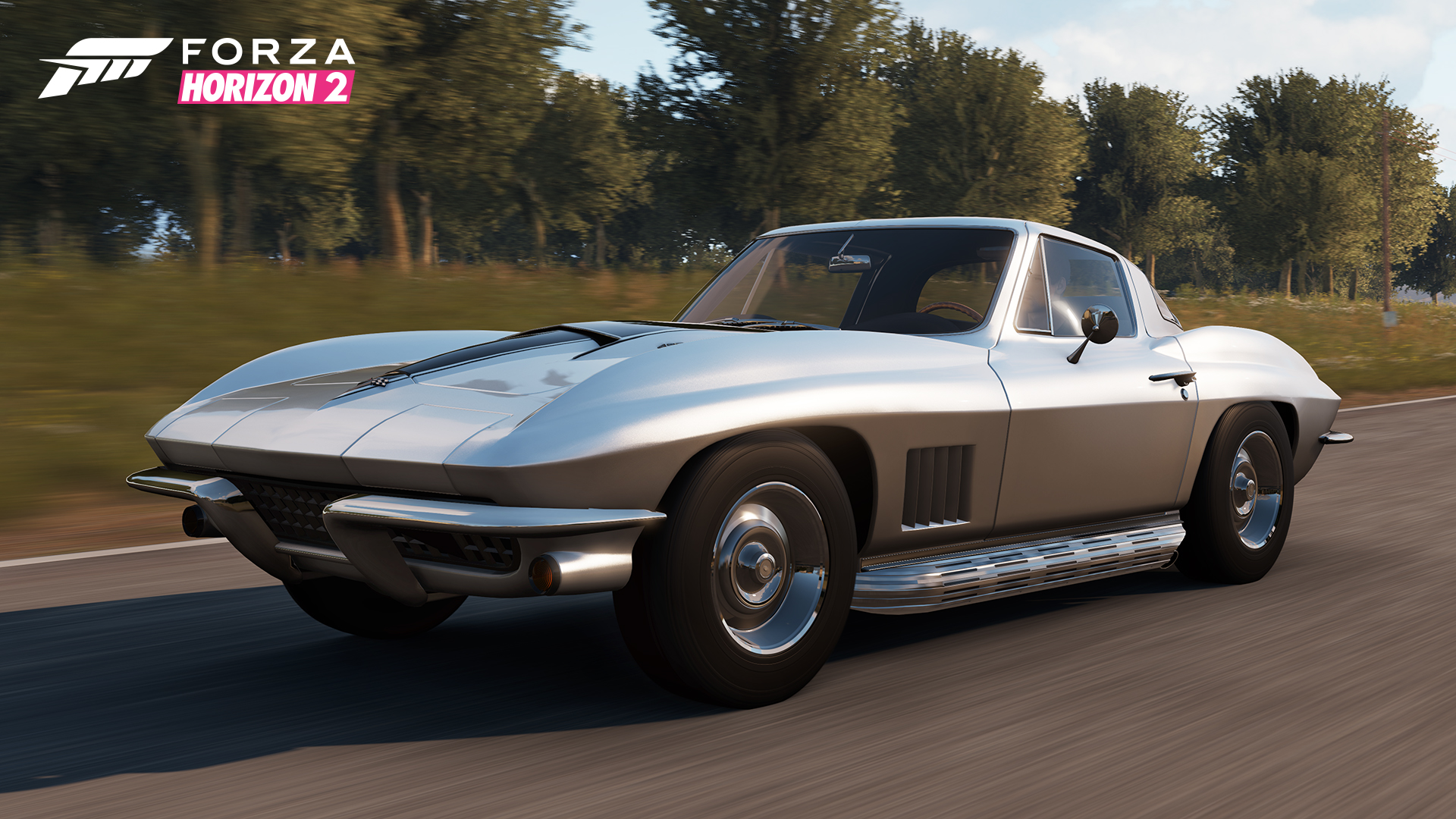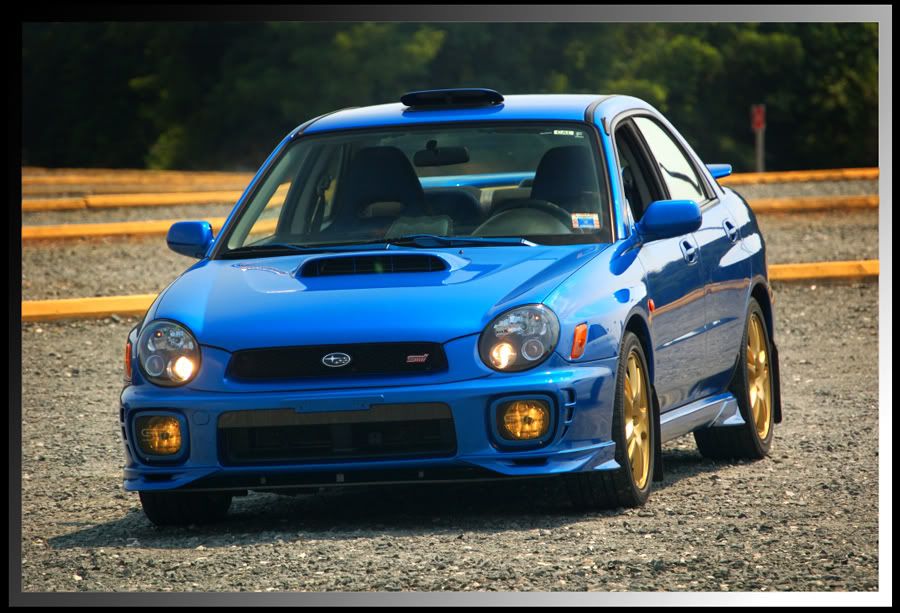statham
Member
posted in the other thread, thanks T.O.P.
Based on the success of the TZ1 – a lightweight, space-frame race car – the TZ2 was lighter, lower, and more powerful. Both cars were built by the team at Autodelta, made up of owner Carlo Chiti and design engineers Oarzio Satta and Guisseppe Busso. When the design work for the TZ2 took place, Alfa Romeo had purchased Autodelta and given them responsibility for all of Alfa Romeo’s race development and team management. Since the TZ2 was to be a factory racer and would not have to meet homologation requirements, Autodelta was able to focus solely on performance and new concepts. Following Porsche’s lead as used in the 904 Carrera GTS, the body of the TZ2 is made of glass-reinforced plastic. This alone allowed the TZ2 to shed nearly 100 kg and, in addition to the lighter weight, the TZ2 also had an all-new, fully-adjustable suspension. The body, designed by Ercole Spada of Zagato, sat a mere 41 inches high, and many have called the TZ2 a “mini Ferrari GTO.” Under the hood is a delicious 1.6-liter inline four, prepared by Virgilio Conrero's Autotecnica Conrero shop in Torino. The TZ2 dominated GT-class racing for 18 months; Alfa toyed with the idea of putting one into production but never followed through. This was the last front-engine racing Alfa before the Tipo 33 took over.
Whatever BMW’s new naming nomenclature lacks in elegance, the Z4 makes up for it by providing an engaging and unique driving experience that includes such gee-whiz features as an “overboost” function for the twin-turbocharged 3-liter inline six. While it’s no Z4 M (it doesn’t share that model’s weight-saving features and uses Z4 suspension and braking components), it’s certainly a very quick enhanced version of the base Z4. The “sDrive” part of the name indicates that this Z4 is rear-wheel drive, and the “is” indicates that the suspension is slightly improved, as well as the car being equipped with the “M Sport” appearance package (which is different from the bodykit on the Z4 M). Confused? You shouldn’t be—the bottom line is that with 335 horsepower on tap and adaptive suspension to keep the car planted, this is a fast coupe that also looks great wearing the sleek second generation Z4 lines. It’s a standout, despite the complicated name.
It takes a special Ferrari to be named after the immortal founder of the company, Enzo Ferrari. Successor to the wild F50, the Enzo is infused top to bottom with F1 kit, including shiftlights integrated on the top of the race-style steering wheel, carbon fiber shifter paddles, and the first-ever use of carbon-ceramic brakes on a Ferrari road car. In addition, the Enzo allows for nearly every facet of the performance envelope to be adjusted directly from the steering wheel. Of course, even the driver’s aids and massive brakes haven’t helped the Enzo avoid a number of high-profile crashes involving celebrities, inspiring one website to start a tongue-in-cheek “Save the Enzos” campaign. Thankfully, at least one has survived long enough to allow Jeremy Clarkson, host of Top Gear, to declare that the roar of the 6-liter V12 was like “the delicate sound of thunder.” That thundering new 48-valve motor is good for 650 horsepower and 485 pound-feet of twist, which is more than enough to take the Enzo to super-legal speeds: 60 mph takes just 3.3 seconds. Designed with a single purpose—to be the ultimate road car—the Enzo dispenses with anything that would detract from the driving experience. Power windows don’t help you go faster, so they’re not included. What you do get is a paddle-actuated automated sequential manual transmission, active aerodynamic aids, and of course that massive V12’s 8,000 RPM redline. Enzo would be proud.
Arguably the most desirable of any Corvette ever produced, the 1967 Stingray 427 had five years of refinements behind it. Under the hood the L88 (if ordered) was as close to a pure-race engine as Chevy had ever offered. Some would say the 427's design is as underrated as its horsepower, we say this is an all-time classic
AND
1968 Alfa Romeo 33 Stradale
1971 AMC Javelin AMX
2011 Audi RS 3 Sportback
1999 SRT Viper GTS ACR
2011 Ford F-150 SVT Raptor
1988 Lamborghini Countach LP5000 QV
1986 Lancia Delta S4
1997 Mazda RX-7
2012 MINI John Cooper Works GP
1995 RUF CTR2
2008 Subaru Impreza WRX STi
1995 Volkswagen Corrado VR6
http://www.forzamotorsport.net/en-us/news/fh2_car_reveals
other announced cars
http://www.neogaf.com/forum/showthread.php?t=859732
1965 Alfa Romeo Giulia TZ2
Based on the success of the TZ1 – a lightweight, space-frame race car – the TZ2 was lighter, lower, and more powerful. Both cars were built by the team at Autodelta, made up of owner Carlo Chiti and design engineers Oarzio Satta and Guisseppe Busso. When the design work for the TZ2 took place, Alfa Romeo had purchased Autodelta and given them responsibility for all of Alfa Romeo’s race development and team management. Since the TZ2 was to be a factory racer and would not have to meet homologation requirements, Autodelta was able to focus solely on performance and new concepts. Following Porsche’s lead as used in the 904 Carrera GTS, the body of the TZ2 is made of glass-reinforced plastic. This alone allowed the TZ2 to shed nearly 100 kg and, in addition to the lighter weight, the TZ2 also had an all-new, fully-adjustable suspension. The body, designed by Ercole Spada of Zagato, sat a mere 41 inches high, and many have called the TZ2 a “mini Ferrari GTO.” Under the hood is a delicious 1.6-liter inline four, prepared by Virgilio Conrero's Autotecnica Conrero shop in Torino. The TZ2 dominated GT-class racing for 18 months; Alfa toyed with the idea of putting one into production but never followed through. This was the last front-engine racing Alfa before the Tipo 33 took over.
2011 BMW Z4 sDrive35is
Whatever BMW’s new naming nomenclature lacks in elegance, the Z4 makes up for it by providing an engaging and unique driving experience that includes such gee-whiz features as an “overboost” function for the twin-turbocharged 3-liter inline six. While it’s no Z4 M (it doesn’t share that model’s weight-saving features and uses Z4 suspension and braking components), it’s certainly a very quick enhanced version of the base Z4. The “sDrive” part of the name indicates that this Z4 is rear-wheel drive, and the “is” indicates that the suspension is slightly improved, as well as the car being equipped with the “M Sport” appearance package (which is different from the bodykit on the Z4 M). Confused? You shouldn’t be—the bottom line is that with 335 horsepower on tap and adaptive suspension to keep the car planted, this is a fast coupe that also looks great wearing the sleek second generation Z4 lines. It’s a standout, despite the complicated name.
2002 Ferrari Enzo Ferrari
It takes a special Ferrari to be named after the immortal founder of the company, Enzo Ferrari. Successor to the wild F50, the Enzo is infused top to bottom with F1 kit, including shiftlights integrated on the top of the race-style steering wheel, carbon fiber shifter paddles, and the first-ever use of carbon-ceramic brakes on a Ferrari road car. In addition, the Enzo allows for nearly every facet of the performance envelope to be adjusted directly from the steering wheel. Of course, even the driver’s aids and massive brakes haven’t helped the Enzo avoid a number of high-profile crashes involving celebrities, inspiring one website to start a tongue-in-cheek “Save the Enzos” campaign. Thankfully, at least one has survived long enough to allow Jeremy Clarkson, host of Top Gear, to declare that the roar of the 6-liter V12 was like “the delicate sound of thunder.” That thundering new 48-valve motor is good for 650 horsepower and 485 pound-feet of twist, which is more than enough to take the Enzo to super-legal speeds: 60 mph takes just 3.3 seconds. Designed with a single purpose—to be the ultimate road car—the Enzo dispenses with anything that would detract from the driving experience. Power windows don’t help you go faster, so they’re not included. What you do get is a paddle-actuated automated sequential manual transmission, active aerodynamic aids, and of course that massive V12’s 8,000 RPM redline. Enzo would be proud.
1967 Chevrolet Corvette Stingray 427
Arguably the most desirable of any Corvette ever produced, the 1967 Stingray 427 had five years of refinements behind it. Under the hood the L88 (if ordered) was as close to a pure-race engine as Chevy had ever offered. Some would say the 427's design is as underrated as its horsepower, we say this is an all-time classic
AND
1968 Alfa Romeo 33 Stradale
1971 AMC Javelin AMX
2011 Audi RS 3 Sportback
1999 SRT Viper GTS ACR
2011 Ford F-150 SVT Raptor
1988 Lamborghini Countach LP5000 QV
1986 Lancia Delta S4
1997 Mazda RX-7
2012 MINI John Cooper Works GP
1995 RUF CTR2
2008 Subaru Impreza WRX STi
1995 Volkswagen Corrado VR6
http://www.forzamotorsport.net/en-us/news/fh2_car_reveals
other announced cars
http://www.neogaf.com/forum/showthread.php?t=859732













